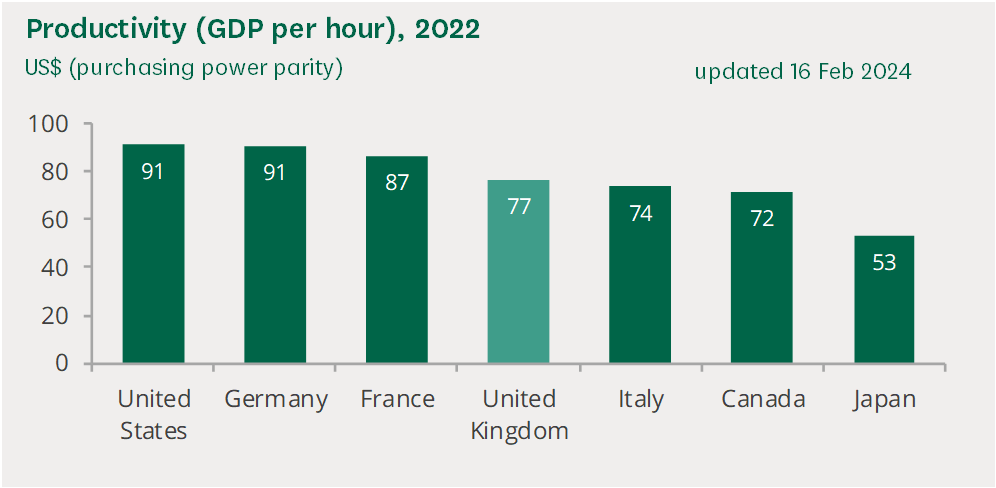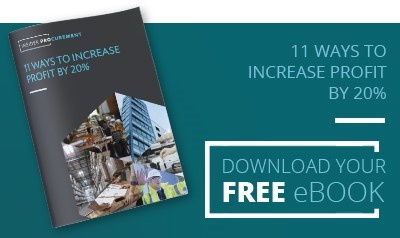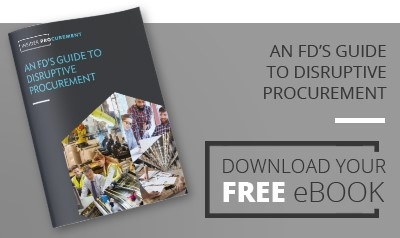Trash or rubbish, or waste, is something we all produce daily, and other than putting it into a nearby bin or putting the bins out once a week, you probably don’t think much about it. In this blog I will be talking rubbish… literally, not metaphorically.
The waste landscape is ever changing but its importance to society and business is becoming increasingly pertinent. As the population increases and individuals use and consume more and more products on a daily basis, the demand for waste disposal increases. Society is also becoming increasingly environmentally conscious, so the ability to just chuck everything to landfill is no longer an option, and with the use of rarer substances that require specific disposal methods, there is a requirement for robust waste solutions.
What types of waste are there?
There are eight types of waste, these are: (Click to slide through)
Where does waste go?
Depending on the type of waste being collected, it could go through several potential destinations and processes:













